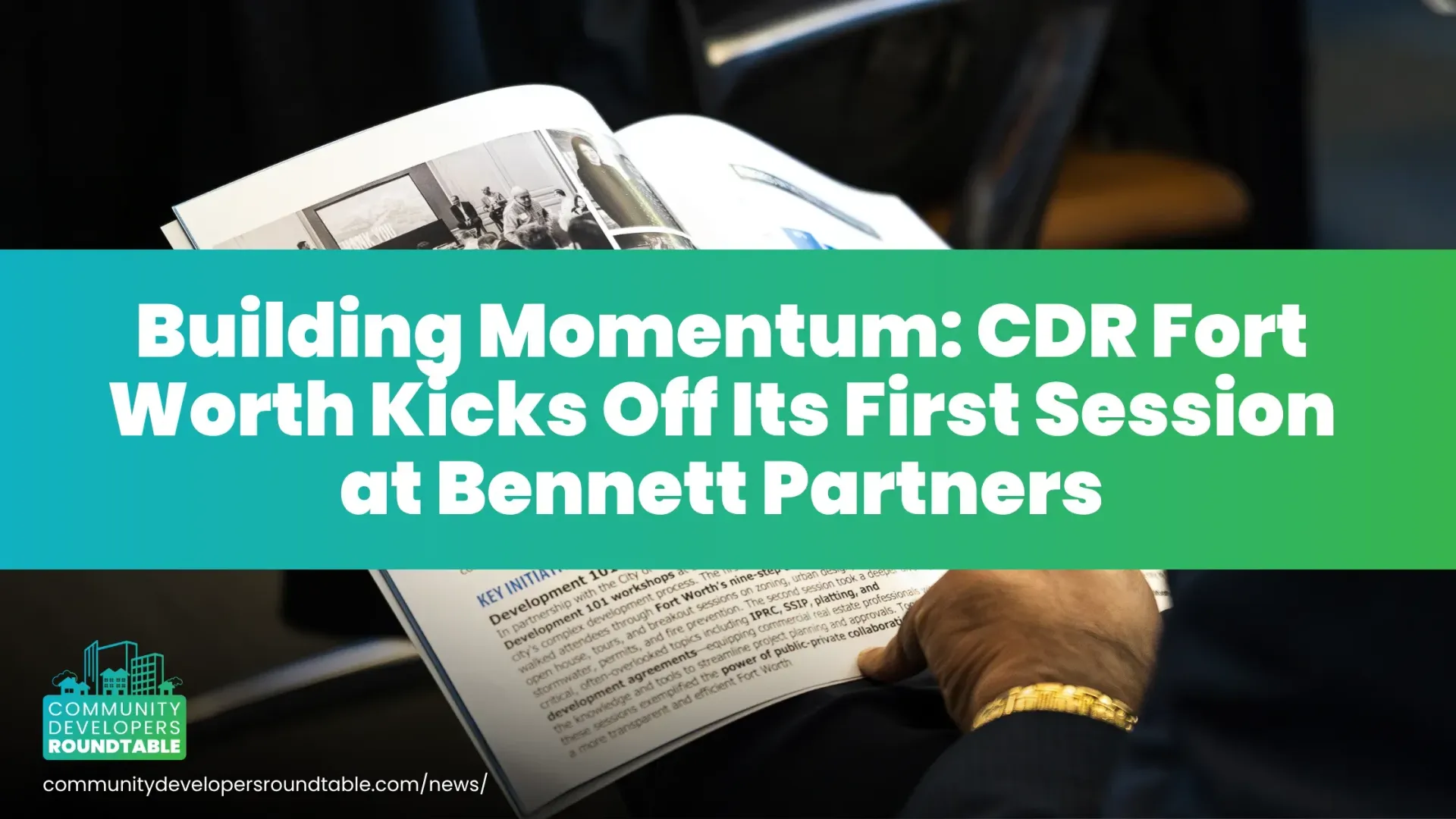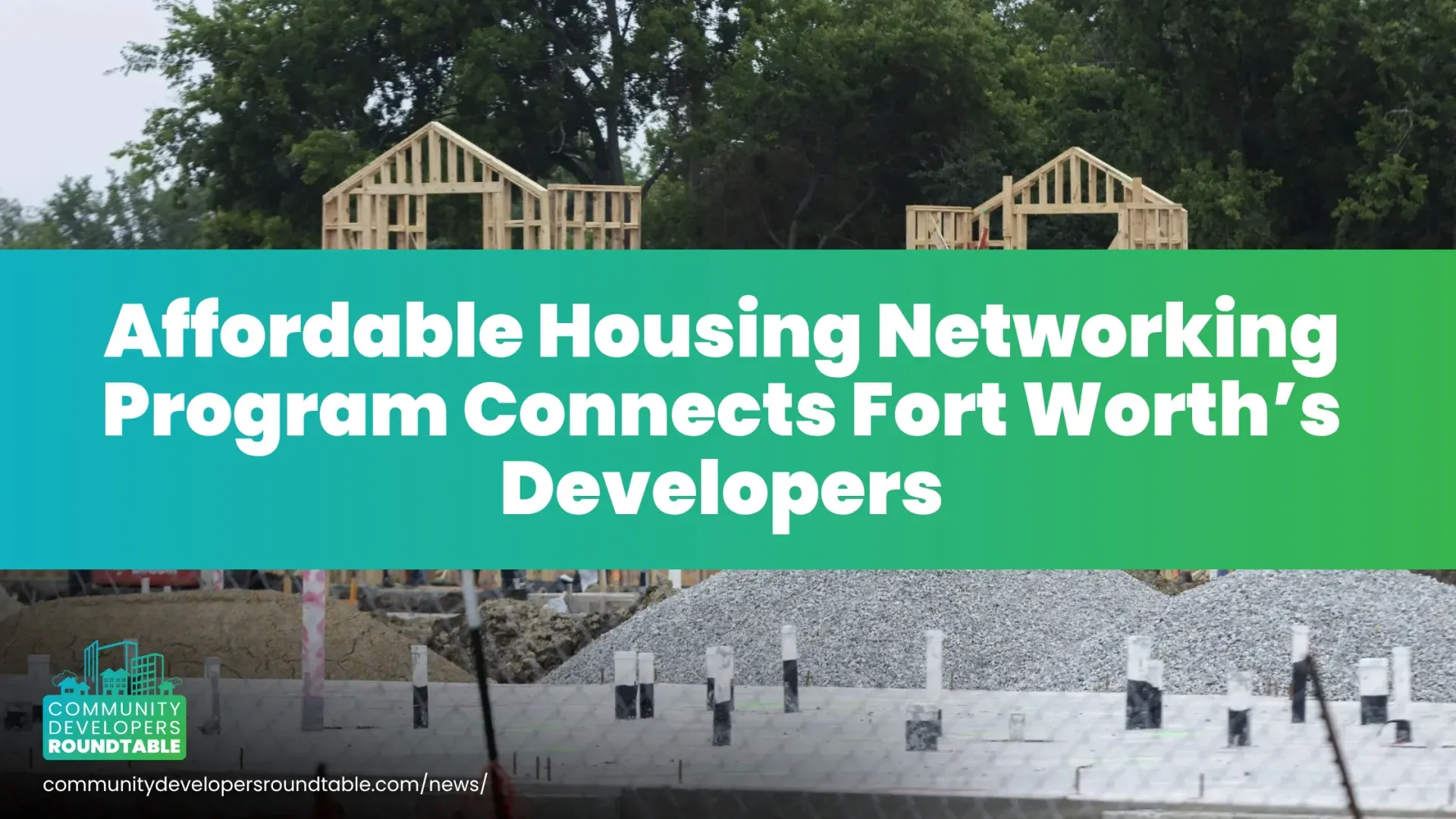Local leaders explain the connection and the concern.
Nicole Ward, DRC Data Journalist, Voices Contributing Writer,Jun 10, 2025
https://dallasinnovates.com/what-housing-affordability-says-about-prosperity-in-dallas/
A crisis has been unfolding in Dallas for more than a decade that is now reaching an inflection point: Economic growth will not continue without closing the housing affordability gap.
That was the topic at the Dallas Regional Chamber’s May panel discussion and working breakfast at The Communities Foundation of Texas (CFT), which pulled together business leaders and real estate professionals. James Armstrong, CEO of Builders of Hope, was a panelist.
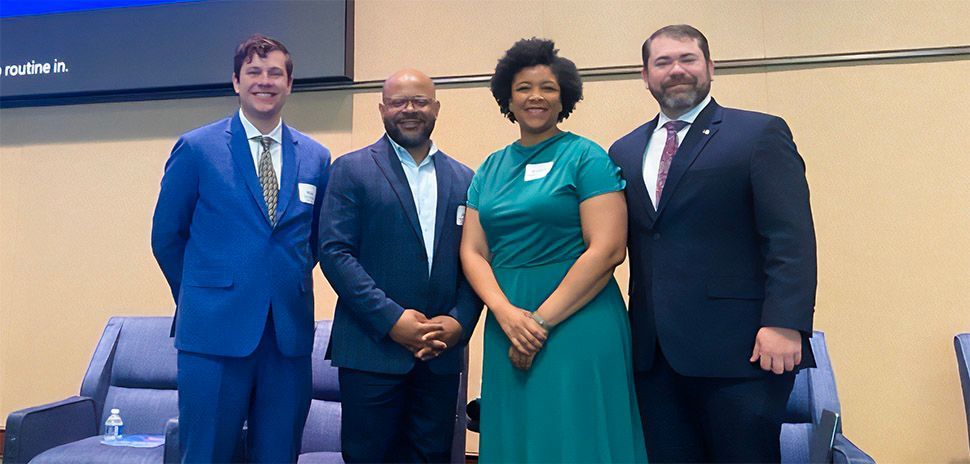
“Think about this: In 2012, 44% of the housing stock was considered affordable for Dallas residents. Just ten years later, that shrank to twelve percent. And for renters, affordability shrank from fifty percent of available units to thirty percent,” said Armstrong.
The discussion, moderated by Maggie Parker, founder and managing partner of Innovan Neighborhoods, included attendees in the audience and drew a direct line to Dallas’ economy.
“Housing shortages aren’t just a social issue—they’re a talent issue. When workers can’t afford to live near the job, recruitment suffers, retention drops, and business continuity is at risk,” said Stacey Guillen Bridges, senior vice president, client solutions at CMP.
With rising costs and a shrinking talent pipeline, Dallas will look much less attractive to corporations.
A business imperative
Dale Petroskey, CEO of the Dallas Regional Chamber, attended, recognizing that this could create a dire situation.
“The Dallas region has been the envy of the nation for many years, with a low cost of living, relative to similarly sized cities, career opportunities, and a great quality of life. But without closing this gap, we risk losing ground,” he said.
Nick Walsh, vice president of development at the NRP Group, points to San Francisco as an example of restrictive zoning laws and bad policies that have created the housing crisis the city is living with today.
“Despite being faced with soaring demand and job growth, city leaders were apprehensive to approve new and denser housing options. That was compounded by inadequate funding and lengthy permitting processes,” said Walsh.
He added that one thing leaders can start to do immediately is redefine what ‘affordable’ means and who that applies to.
“The term ‘affordable housing’ is radioactive to many people today, who associate it with run-down, unsafe buildings and people who are looking to cause trouble,” said Walsh. “The reality is that, today, affordable housing is indistinguishable from market-rate housing. Those that qualify include people with good jobs serving the community, and today even people with advanced degrees need affordable housing.”

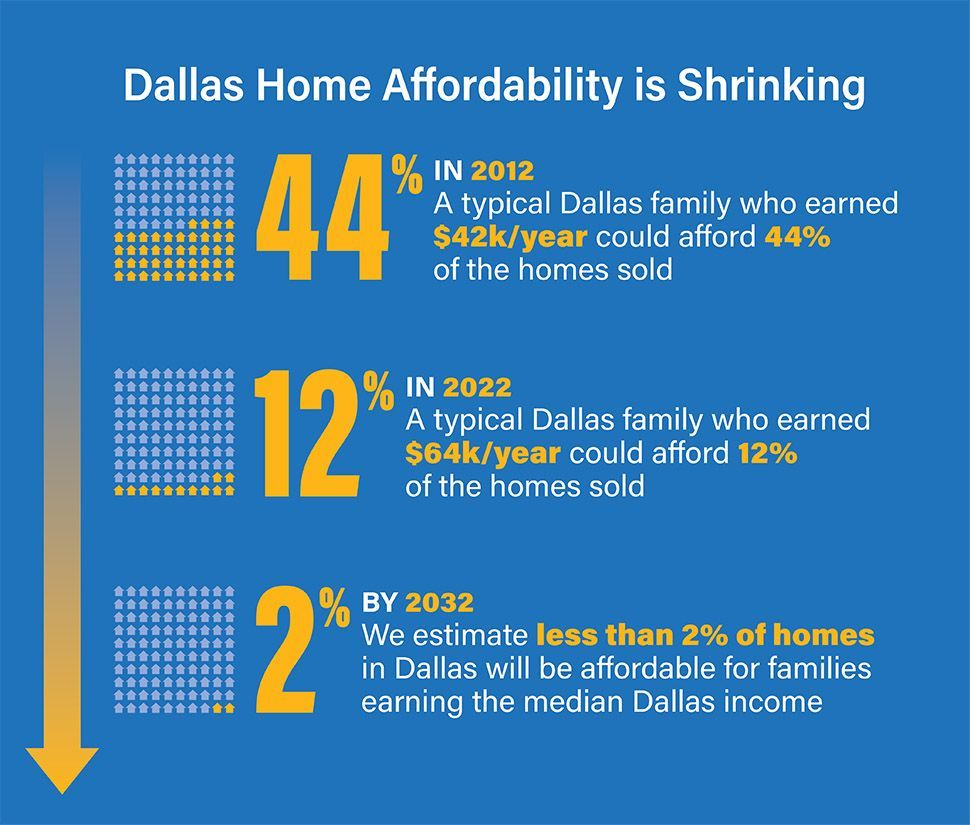
Removing barriers and cultivating growth
Getting to this point was like a slow-speed car crash, and improving the situation will also take time, as well as strategic cooperation.
“We need legislators that recognize the problem and do their part to facilitate housing affordability,” said Walsh.
He says data-informed laws and regulations would help bolster individuals who are making a difference. People like Parker.
In 2022, she started the Community Developers Roundtable (CDR), a two-year pilot program to both give under-represented developers a seat at the table and start to fill the housing gap.
“I am so proud of the CDR,” said Parker. “During the pilot, our members created 1,308 housing units. This represents single and multi-family construction—quality housing at rates that are commensurate with the wages people are earning today.”
Her financial partner, BCL, lent more than $1.7 million in pre-development and construction loans over the two years; CDR members turned those loans into nearly $125 million in development activity. Those are just two of the success metrics in the organization’s impact report.
“Business needs to play a role in this, too,” said Petroskey. “No one likes talking about their finances, but leaders can do anonymous assessments at their organizations to determine the average distance between salaries and the real cost of living.”
The message is clear: if housing affordability isn’t solved, we’re going to see an economic contraction that will take generations to reverse.
This article was originally published on Dallasinnovates.com, read the original article here.

